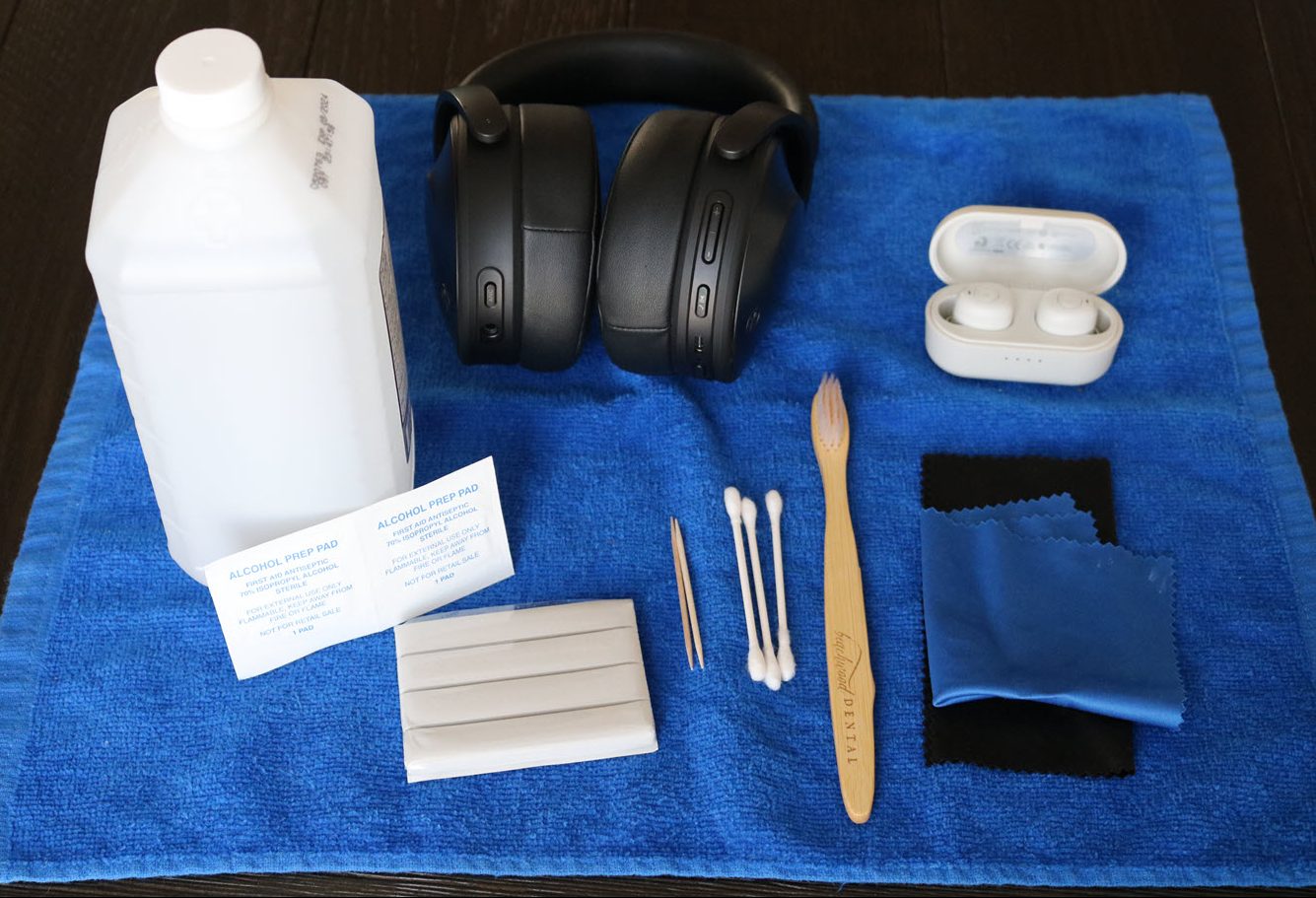Taste Spring All Year Long with Pickles
As we welcome the first official week of spring, every bird and flowering plant in the neighborhood seems to have gotten the memo, especially the cherry trees. Cherry blossom season is a huge deal in Japan, but did you know that the Northwest is a great place for growing just about anything in the rose family, cherries included? This region is home to two native cherry species, the bitter cherry (Prunus emarginata) and chokecherry (P. virginiana), both used by locals for millennia as food and medicine.
Cherry blossoms in full bloom
In fact, Oregon even had its own “Cherry City” – do you know where it was? Read on to find out!
Water Worlds
There’s something in the water. Bad news first: Invasive quagga mussels have arrived. What’s their problem? They don’t just impact native aquatic flora and fauna communities, but they stay small enough to get into everything – and the plumbing bill is going to be steep.
Mussels in the water
Here’s a little good news palate-cleanser: Tearing out dams in the Klamath Basin is already having tremendous benefits for salmon. Hear all about it in the latest episode of The Evergreen podcast, and then listen to a Yakama Nation family describe their efforts to protect salmon on OPB’s special podcast series, “Salmon Wars.”
The Future is Fungi
After all fungi do for us, a new article in National Geographic suggests the least we humans can offer in kind is the same respect to fungi that we give flora and fauna (much more, probably). What’s so great about these misunderstood organisms? Well, not only can we use mycelial felt to make vegan leather, but now scientists can gene-hack it to engineer a mycological meat substitute that is, biologically speaking, closer to the real thing than its plant-based counterparts.
Mycelial felt
Good Things in Markets
Good golly, this is a magical time of year for wild foods, especially morels, fiddleheads, and nettles. Farmers markets and fancy grocery stores have these for sale right now; depending on where you live, the cash you’ll have to cough up might be worth the saved time and gas. On the plus side, you won’t have to travel to Cherry City (aka Salem, Oregon) for the cherry blossoms in this week’s recipe – they’re everywhere.
Morels in the wild
Recipe: Sakura-no Shiozuke (Salt-Preserved Cherry Blossoms)
Spring has officially sprung, and that means it’s hanami time! Pack a picnic basket and experience the ephemeral joy of snacking while cherry petals romantically rain down on your head. Then pick a few handfuls of blossoms to take home and preserve for later – harness the superabundance of spring and live deliciously all year long.
Cherry blossoms in a picnic basket
You can use preserved sakura (and the infused salt) for so many things – the heady, floral fragrance captured in the salt is lovely for seasoning grilled salmon filets or adding to egg salad. You can float the salted blossoms in a light broth for sipping or on chawanmushi (steamed egg custard) or drape them across caramels and mochi. You can sprinkle the sat by itself on sliced fruit (especially apples, melons, or peaches) or in brine for pickling delicate spring vegetables like baby turnips and snap peas. You can use both the salt and the blossoms to make the world’s prettiest onigiri (rice balls) or pack them into little jars for sharing.
Onigiri with salt-preserved cherry blossoms
The traditional technique for pickling sakura uses umezu (salted/pickled plum vinegar) which can be tricky to source and is very salty – we use unseasoned rice vinegar instead because the leftover vinegar is less salty and much more versatile (it’s wonderful for seasoning sushi rice). If you want a brighter pink color in your finished product, you can lay some red shiso leaves over the top of the blossoms while they’re curing. Makes about 2 cups of sakura shiozuke plus sakura salt.
Sakura shiozuke with red shiso leaves
Note: We use a Korean brand of sea salt labeled “fine” but the texture is more like Diamond Crystal kosher salt before they changed the formula – much more coarse than table salt, but not as flaky as Jacobsens or Maldon. The Korean stuff labeled “coarse” is closer to rock salt in texture and a bit too rough for delicate cherry blossoms.
Ingredients:
- 5 cups spray-free cherry blossoms, rinsed and patted dry
- 1/9 cup coarse sea salt or kosher salt (see note)
- 1/8 cup rice vinegar
Instructions:
Gently toss the cherry blossoms with the sea salt until evenly coated. Pack the salted blossoms and excess salt into a watertight container, pressing firmly to ensure the salt is in contact with all the flowers. Place a weight on top (a plate and a clean rock will be fine), cover and leave in a cool, dark place overnight.
The next day, open the lid and breathe in the faintly sweet, almondy fragrance. Sift the salt out of the flowers and reserve it for the final step. Don’t worry about getting every grain of salt out of the blossoms – a few gentle taps in a colander are fine. Return the blossoms to the container and pour the vinegar over the top. Return the weight and cover, and allow the sakura to pickle for 3 days.
Remove the blossoms from the salty vinegar (reserve the vinegar for sushi rice or other pickles) and gently pat them dry on a tea towel or napkin. Lay them in a single layer on a screen or flat basket and leave them, uncovered, in a cool, dry place for 1-3 more days, until the blossoms have mostly dehydrated but are still slightly pliable.
Layer the sakura shiozuke with the reserved salt in a jar for storing. Keep the sealed jar in a cool, dark place – the pickled sakura and the salt will retain their flavor for years.
Sakura shiozuke in a jar


 Photo by
Photo by 










